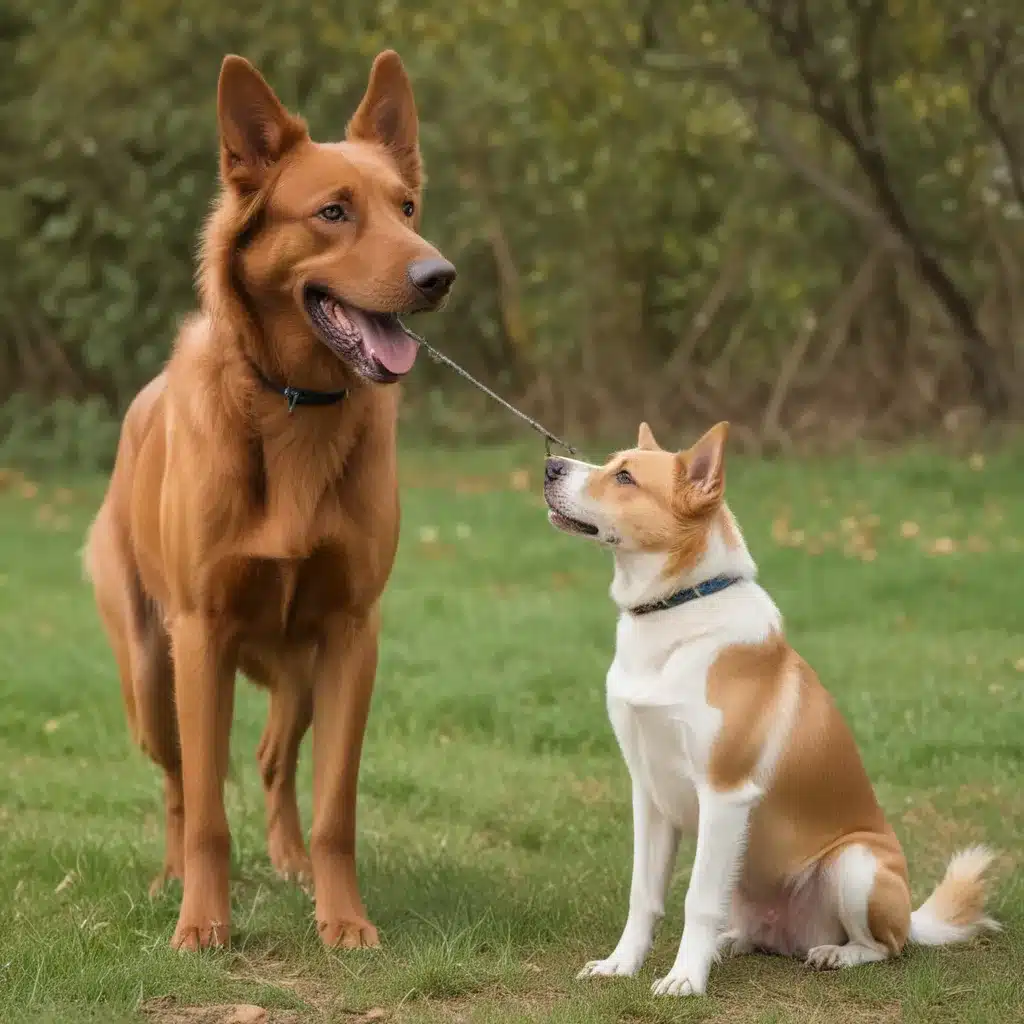
Unleashing the Beast Within: Taming Your High-Prey Drive Pup
As a proud dog owner, I’ve had my fair share of challenges when it comes to managing my high-prey drive pup. Imagine this: you’re out on a peaceful stroll, taking in the sights and sounds of the neighborhood, when suddenly, your furry companion spots a squirrel darting across the lawn. In a flash, they’re off, chasing the tiny, scurrying creature with single-minded determination. Sound familiar? If you’re nodding your head in recognition, then you, my friend, have a high-prey drive dog on your hands.
But fear not! I’m here to share with you the secrets of teaching impulse control to these energetic, chase-driven pups. Through my own trials and tribulations, I’ve learned that with patience, consistency, and a touch of creativity, you can transform your four-legged friend from a relentless hunter into a well-behaved companion.
Identifying the Prey Drive Culprit
Before we dive into the training tactics, it’s crucial to understand what’s driving your dog’s chase instinct. According to Denise Fenzi, a renowned dog training expert, there is a direct correlation between a dog’s high drive and their issues with impulse control. These pups care a lot about getting what they want, and they’re more determined, driven, and straight-out faster than their humans.
Take my own Samoyed, for example. He’s an insured therapy dog who is generally well-trained and a joy to work with. But as he’s grown older, I’ve noticed an increase in his chase-y behavior towards squirrels and cats. He’ll give chase, but can still be recalled – it’s not an intense, uncontrollable urge. Nonetheless, I knew I needed to nip this in the bud before it became a bigger problem.
Embracing the Flirt Pole Frenzy
One of the most effective tools I’ve found for channeling my dog’s prey drive is the trusty flirt pole. As mentioned on Reddit, this interactive toy allows your pup to indulge their chase instinct in a controlled and constructive way.
I make sure to set aside dedicated training sessions with the flirt pole, where I let my dog go wild, leaping and pouncing to his heart’s content. The key is to let them have that outlet for their drive and energy, without trying to “calm them down” or prevent them from showing their excitement. After all, this is precisely what they need to do!
Mastering the Art of Impulse Control
Once I’ve given my dog a healthy dose of flirt pole playtime, it’s time to focus on the real challenge: impulse control. As Denise Fenzi explains, the trick is to convince your high-drive dog that the route to satisfying their drive is through cooperation, not determination.
One of the exercises I’ve found particularly effective is the “toy control” drill. I start by allowing my dog to freely play with a toy, matching his energy and enthusiasm. But when I decide it’s time to take the toy away, I do so with a complete shift in my demeanor. I become calm, still, and stop all positive interactions. When my dog is cooperative and I return the toy, I make sure to reward him with my entire happy, playful attitude.
This teaches my dog that a toy is great, but a toy with me is even better. I’m building a strong bond and showing him that by cooperating, he gets access to the things he loves – me and his favorite playthings. Over time, this helps develop the impulse control he needs to resist the urge to chase every squirrel that crosses our path.
Incorporating the E-Collar (with Caution)
As I mentioned earlier, my Samoyed and I have used an e-collar in the past to assist with his training. However, as discussed on YouTube, the effectiveness of the e-collar can be hindered by his thick fur, making it a less reliable tool.
That’s why I’ve been focusing on implementing the techniques I’ve outlined above, which don’t rely on the e-collar. But if you do choose to use one, it’s crucial to do so with caution and proper training. The e-collar should never be used as a punishment, but rather as a tool to enhance your dog’s learning and reinforce the desired behaviors.
Putting It All Together: A Comprehensive Approach
Taming a high-prey drive dog is no easy feat, but with a comprehensive approach, you can help your furry friend develop the impulse control they need to be a well-behaved companion. Remember to:
- Identify the root cause of your dog’s chase instinct
- Provide ample flirt pole playtime to channel their energy
- Implement impulse control exercises like the “toy control” drill
- Use the e-collar cautiously and as a training aid, not a punishment
And of course, don’t forget to have fun along the way! Building a strong bond with your high-drive pup is the foundation for successful training.
So, fellow dog owners, embrace the challenge and embark on this journey to teach impulse control to your high-prey drive dogs. Who knows, you might just end up with the most well-behaved, yet still exuberant, four-legged friend on the block. And if you ever need a little extra guidance, remember, ihavedogs.com is always here to lend a paw.

